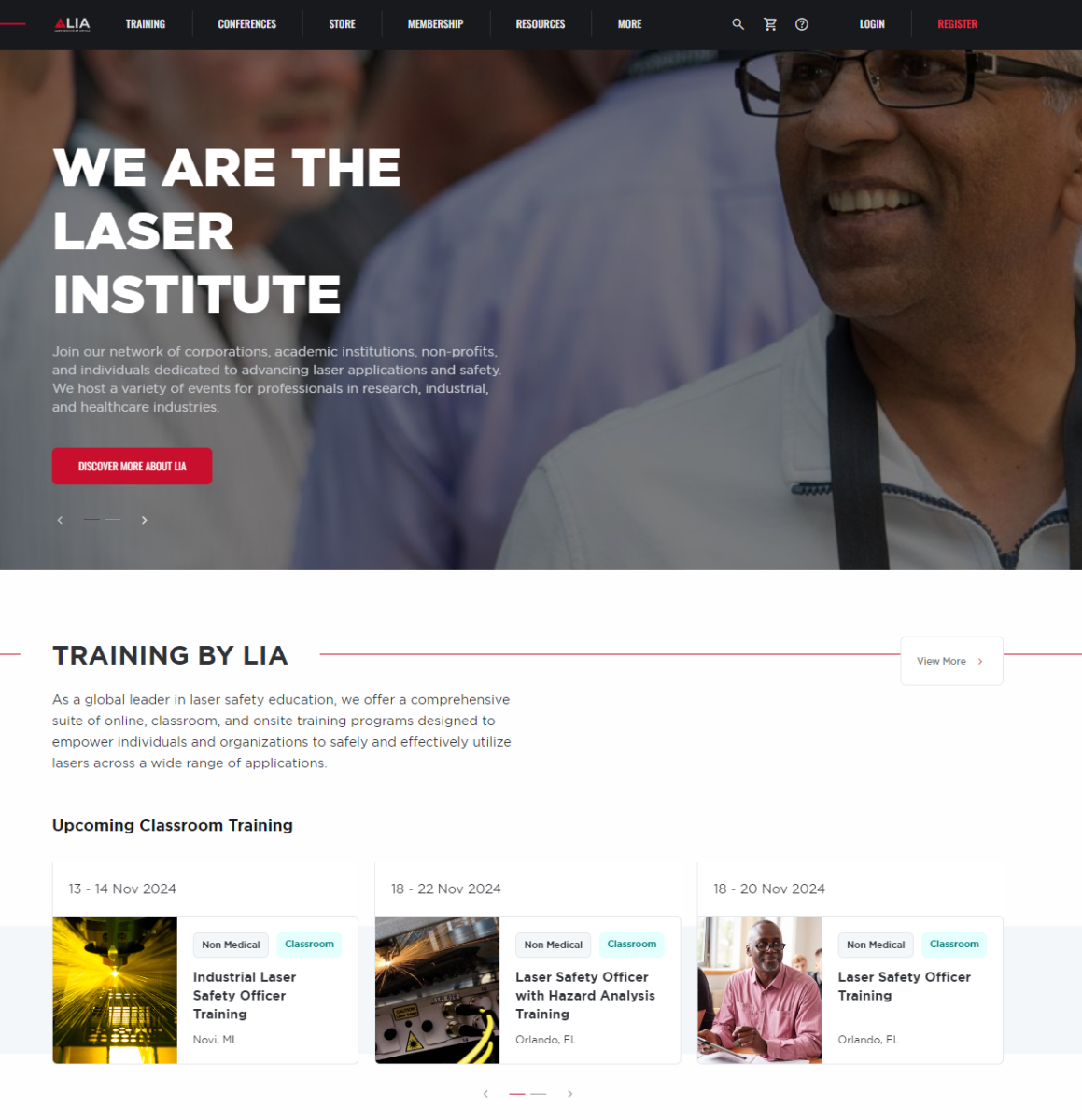Product Code: JLA_18_4_325
Authors:
A. E. Segall
G. Cai
R. Akarapu
Engineering Science and Mechanics, The Pennsylvania State University, University Park, Pennsylvania 16802
While lasers offer many advantages when machining ceramics, micro- to macroscale damage often culminating in premature fractures is a shortcoming that cannot be ignored by manufacturers, especially during higher-speed machining where supports are not practical. As detailed in earlier studies, such macroscale fractures can be controlled by simultaneously scoring and cutting. Indeed, by using a lower-power beam to simultaneously create a shallow groove or prescore directly ahead of the higher-power cutting beam, the final fracture path can be dictated, even under exaggerated mixed-mode conditions. In this study, the practice of prescoring was extended to include both offset and angled prescores to investigate possible improvements, as well as potential problems associated with poor alignment of the beams. Results indicate that offset beams away from the unsupported end can delay fracture slightly, while offsets toward the free-edge can results in crack bridging and a slightly accelerated fracture. On the other hand, angled prescore tests indicate no real advantages to the practice in part, because material redistribution within the recast layer tends to eliminate the angle. Based on the results of this study, it appears that while precise beam alignment (both angle and offset) is recommended for the highest quality cuts, offsets up to 50% of the beam diameter and slight angles up to 9° off the surface can still work.

$25.00
Members: $25.00
Note: When applicable, multiple quantity discounts are applied once the items are added to your cart.

